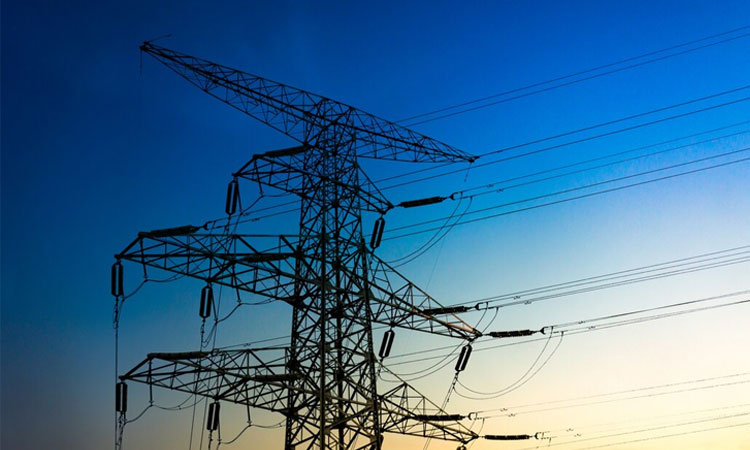As global electricity demand rises, innovations in power transmission are essential for efficiency and sustainability. Superconducting power cables represent a breakthrough, offering near-zero energy losses and high capacity compared to conventional cables. With increasing urbanization, renewable energy adoption, and the need for efficient power infrastructure, superconducting cables are poised to revolutionize electricity transmission.
Understanding Superconducting Power Cables
Superconducting cables are made from materials that, when cooled below a critical temperature, exhibit zero electrical resistance. This allows for electricity transmission with minimal energy loss, unlike traditional copper or aluminum cables, which dissipate energy as heat. Additionally, these cables have a significantly higher current-carrying capacity, enabling large power transmission through compact structures.
To maintain their superconducting state, these cables are cooled using liquid nitrogen or cryogenic substances. Unlike conventional power lines requiring extensive infrastructure, superconducting cables can be installed in urban areas with minimal disruption, making them a compelling solution for modern grids.
Market Growth and Global Trends
The superconducting power cable market is experiencing strong growth, driven by the demand for efficient power transmission and the renewable energy shift. Valued at approximately USD 0.4 billion in 2023-24, it is expected to reach USD 0.51 billion by 2032, growing at a CAGR of 12.1%. The superconducting wire market, crucial for these cables, was valued at USD 1.3 billion in 2023-24, with a projected CAGR of 9.6%.
Regional Adoption:
- North America: Leading in R&D, with U.S. pilot projects enhancing grid resilience and renewable energy integration.
- Europe: Countries like Germany, France, and the UK are modernizing infrastructure using superconducting technology.
- Asia-Pacific: China, Japan, and South Korea are at the forefront of commercial deployment for energy efficiency and smart grids.
Advantages Over Conventional Cables
- High Power Density: A superconducting cable (17 cm in diameter) can transmit 3.2 GW—enough to power a large city—while conventional cables require far larger infrastructure.
- Compact Installation: Superconducting cables require less space, allowing seamless deployment in urban areas without extensive excavation or overhead lines.
- Minimal Electromagnetic Interference: Fully shielded cables prevent electromagnetic disruptions, making them ideal for industrial and urban settings.
- Reduced Energy Losses: With zero electrical resistance, these cables minimize transmission losses, crucial for long-distance renewable energy transmission.
Real-World Implementations
- Paris, France: Nexans and SNCF enhanced Montparnasse station’s power supply with superconducting cables, each handling 5.3 MW.
- Essen, Germany – AmpaCity Project: A 110 kV superconducting cable replaced a conventional line, reducing transformer stations and enhancing efficiency.
- South Korea: KEPCO has integrated superconducting cables into its national grid for greater stability and efficiency.
- United States – LIPA Project: Long Island Power Authority deployed superconducting cables to improve grid reliability and reduce losses.
Challenges and Considerations
Despite their advantages, superconducting cables face hurdles:
- Cooling Requirements: Maintaining low temperatures adds complexity and cost.
- Material Costs: Superconducting materials like YBCO are expensive.
- Grid Integration: Retrofitting existing infrastructure requires careful planning.
- Long-Term Reliability: Further study is needed to ensure consistent performance.
Future Outlook
Advancements in high-temperature superconductors aim to reduce cooling needs and costs, making the technology more viable.
Industry Implications:
- Renewable Energy Integration: Enables efficient transmission from remote sources to urban centers.
- Urban Power Distribution: Supports high-capacity transmission in space-constrained areas.
- Smart Grids: Enhances grid stability and reliability.
- Electrification of Transport: Facilitates infrastructure for high-speed rail and EV charging networks.
Superconducting power cables are set to transform electricity transmission, offering an energy-efficient, high-capacity alternative to conventional lines. While cost and cooling challenges remain, ongoing R&D is driving wider adoption. As energy efficiency and sustainability gain priority, superconducting cables will play a vital role in shaping the future of power transmission.



